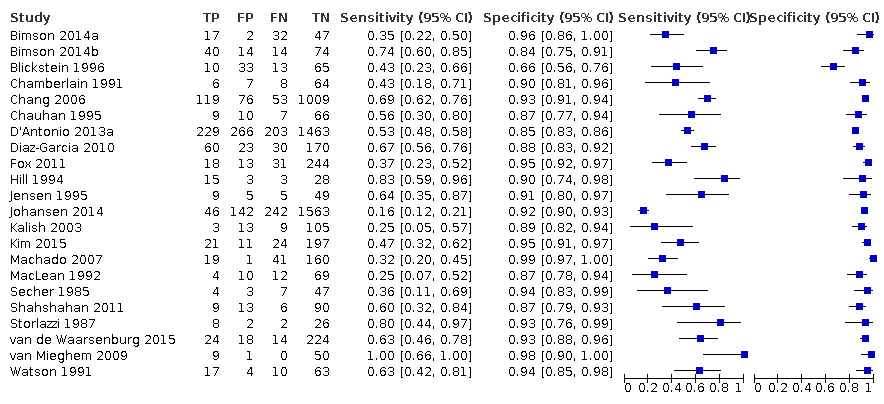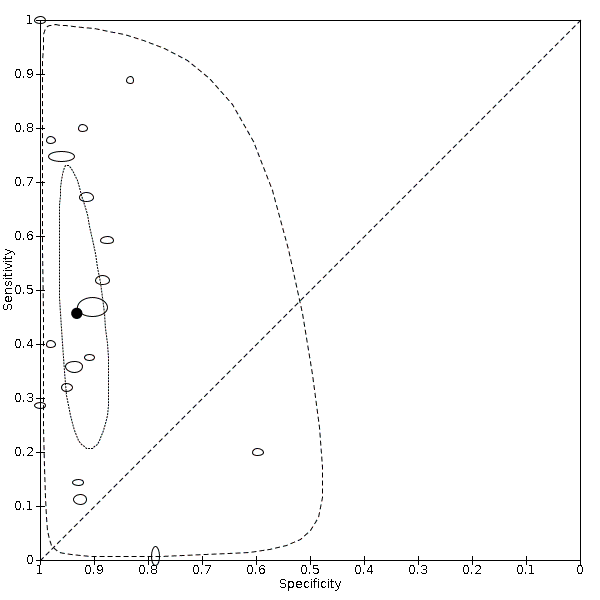Contenido relacionado
Revisiones y protocolos relacionados
Marieke FJ Buijtendijk, Bo B Bet, Mariska MG Leeflang, Harsha Shah, Tom Reuvekamp, Timothy Goring, Daniel Docter, Melanie GMM Timmerman, Yousif Dawood, Malou A Lugthart, Bente Berends, Jacqueline Limpens, Eva Pajkrt, Maurice JB van den Hoff, Bernadette S de Bakker | 9 mayo 2024
Japaraj Robert Peter, Jacqueline J Ho, Jayabalan Valliapan, Subramaniam Sivasangari | 8 septiembre 2015
Pranom Buppasiri, Pisake Lumbiganon, Jadsada Thinkhamrop, Chetta Ngamjarus, Malinee Laopaiboon, Nancy Medley | 25 febrero 2015
Jane G Woolcock, Rosalie M Grivell, Jodie M Dodd | 7 noviembre 2017
Zarko Alfirevic, Tamara Stampalija, Nancy Medley | 15 abril 2015
S Kate Alldred, Yemisi Takwoingi, Boliang Guo, Mary Pennant, Jonathan J Deeks, James P Neilson, Zarko Alfirevic | 15 marzo 2017
Zarko Alfirevic, Tamara Stampalija, Therese Dowswell | 13 junio 2017
Zarko Alfirevic, James P Neilson | 20 enero 2010
Melissa Whitworth, Leanne Bricker, Clare Mullan | 14 julio 2015
James P Neilson | 14 abril 2010


















